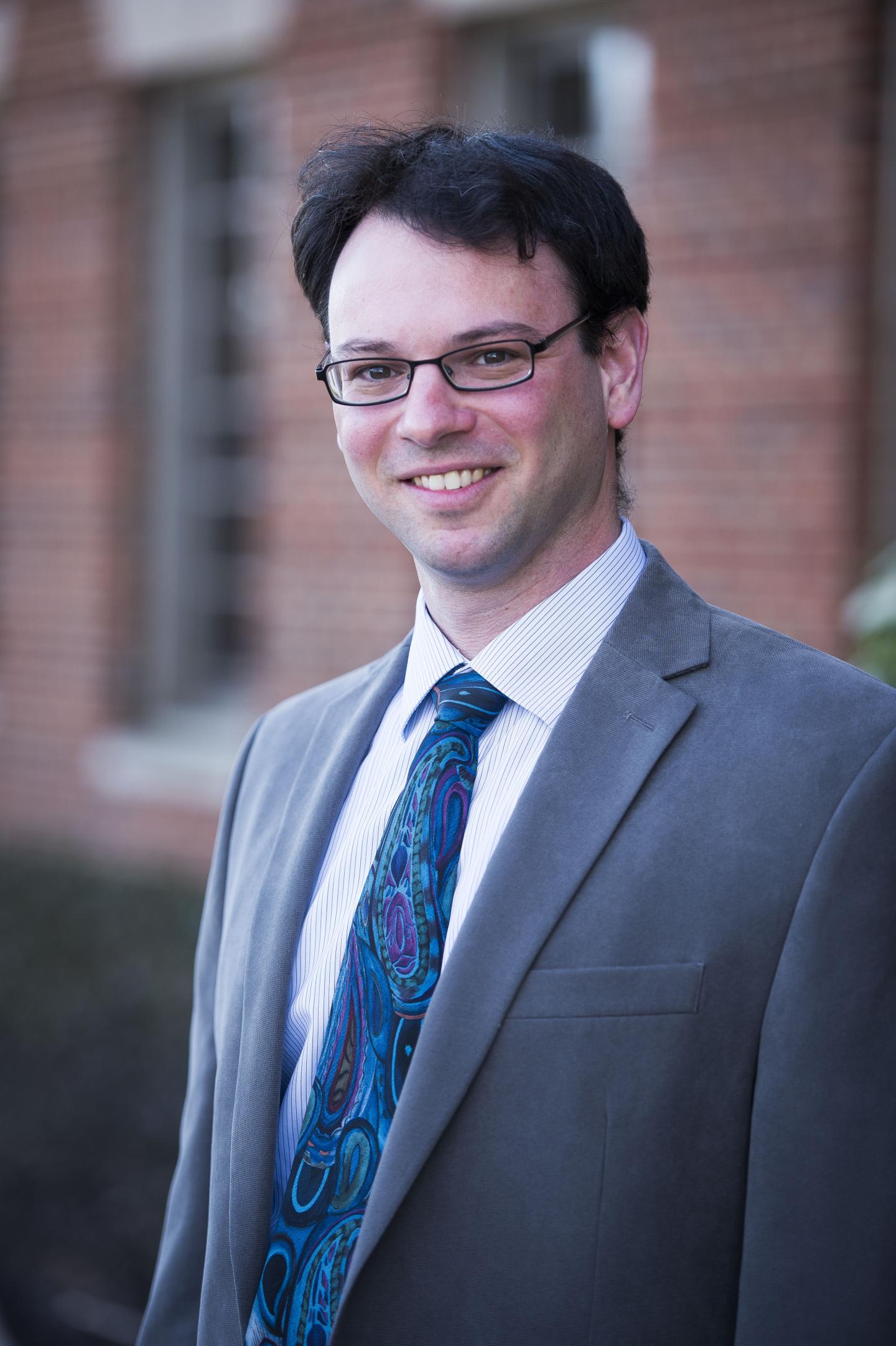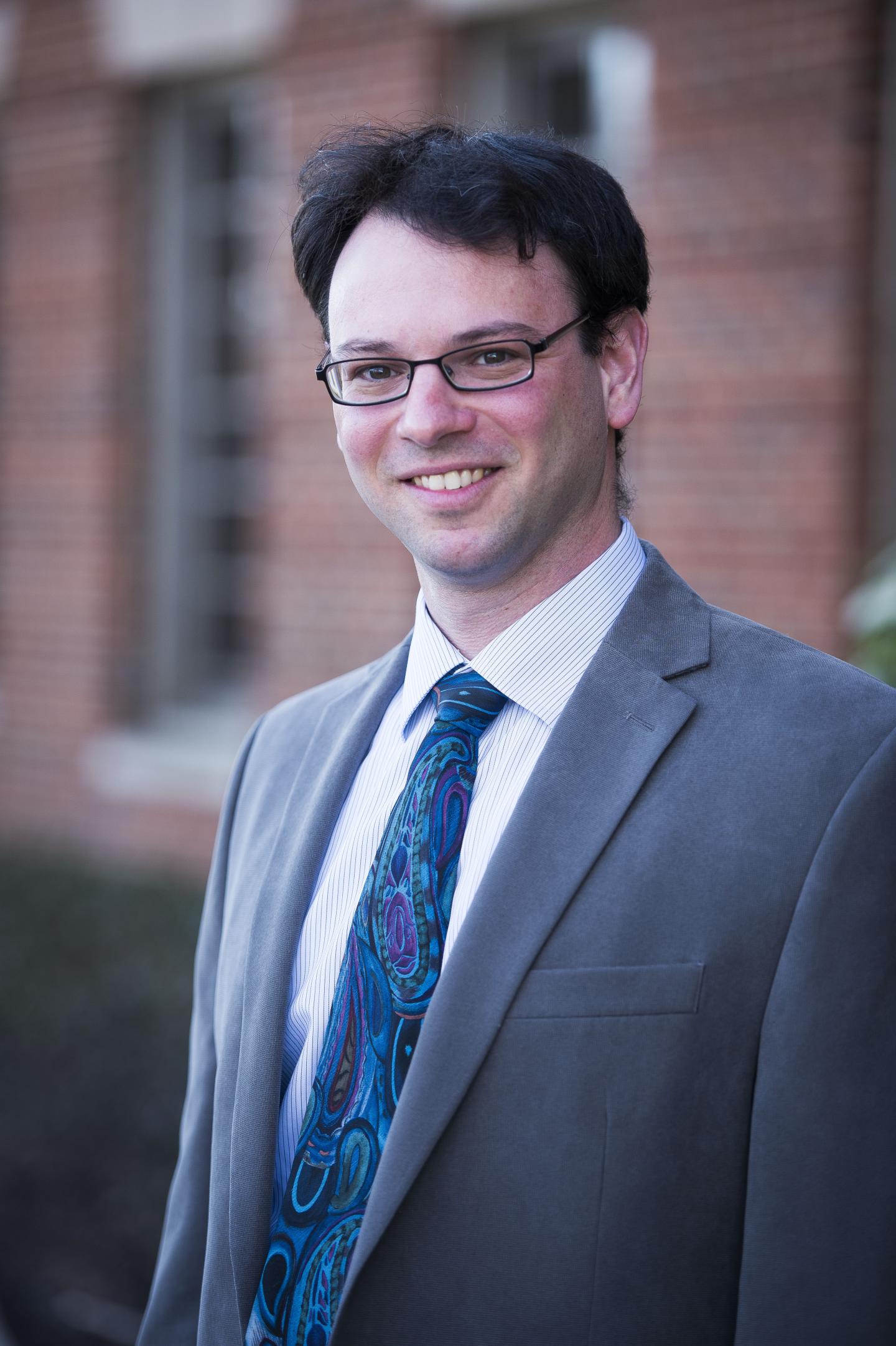
WASHINGTON (Nov. 3, 2015) — After a debate that has lasted more than 130 years, researchers at Georgetown University Medical Center have found that loss of speech from a stroke in the left hemisphere of the brain can be recovered on the back, right side of the brain. This contradicts recent notions that the right hemisphere interferes with recovery.
While the findings will likely not put an immediate end to the debate, they suggest a new direction in treatment.
The study, published online in Brain, is the first to look at brain structure and grey matter volume when trying to understand how speech is recovered after a stroke. Results show that patients who have regained their voice have increased grey matter volume in the back of their right hemisphere — mirroring the location of one of the two left hemisphere speech areas.
"Over the past decade, researchers have increasingly suggested that the right hemisphere interferes with good recovery of language after left hemisphere strokes," says the study's senior author, Peter Turkeltaub, MD, PhD., an assistant professor of neurology at Georgetown University Medical Center and director of the aphasia clinic at MedStar National Rehabilitation Network. "Our results suggest the opposite — that right hemisphere compensation improves recovery."
Approximately one-third of stroke survivors lose speech and language — a disorder called aphasia — and most never fully regain it. Turkeltaub says loss of speech occurs almost exclusively in patients with a left hemisphere stroke — roughly 70 percent of people with left hemisphere strokes have language problems.
In a group of 32 left-hemisphere stroke survivors, the researchers determined whether increased grey matter volume in the right hemisphere related to better than expected speech abilities, given the individual features of each person's stroke. The researchers enrolled an additional 30 individuals who had not experienced a stroke as a control group.
The investigators found that stroke participants who had better than expected speech abilities after their stroke had more grey matter in the back of the right hemisphere compared to stroke patients with worse speech. Those areas of the right hemisphere were also larger in the stroke survivors than in the control group, Turkeltaub says. "This indicates growth in these brain areas that relates to better speech production after a stroke."
Turkeltaub, a member of the Center for Brain Plasticity and Recovery at Georgetown University and MedStar National Rehabilitation Network, and his colleagues are continuing their study, looking for areas that compensate for other aspects of language use, such as comprehension of speech. The speech center discovered by the team aids only in use of speech, not in understanding what is said to an affected stroke patient.
###
Co-authors include Shihui Xing, MD, PhD, Elizabeth H. Lacey, PhD, Elizabeth Lacey, PhD, Xiong Jiang, PhD, and Laura M. Skipper-Kallal, PhD, from Georgetown University Medical Center; Michelle Harris-Love, PhD, from MedStar National Rehabilitation Network and a member of the Center for Brain Plasticity and Recovery; and Jinsheng Zeng MD, PhD, from First Affiliated Hospital of Sun Yat-Sen University in Guangzhou, China;
This study was supported by the National Center for Advancing Translational Sciences via the Georgetown-Howard Universities Center for Clinical and Translational Science (KL2TR000102), Doris Duke Charitable Foundation (2012062), Vernon Family Trust, National Natural Science Foundation of China (81000500, 81371277), Joint Funds of the Natural Science Foundation of China (U1032005), Project of Science and Technology New Star of Pearl River (2012J2200089), Chinese Government Scholarship Program, and Alzheimer's Drug Discovery Foundation (20130805).
About the Center for Brain Plasticity and Recovery
The Center for Brain Plasticity and Recovery, a Georgetown University and MedStar National Rehabilitation Network collaboration, focuses on the study of biological processes underlying the brain's ability to learn, develop, and recover from injury. Through interdisciplinary laboratory and clinical research, the Center for Brain Plasticity and Recovery aims to find ways to restore cognitive, sensory, and motor function caused by neurological damage and disease.
About Georgetown University Medical Center
Georgetown University Medical Center is an internationally recognized academic medical center with a three-part mission of research, teaching and patient care (through MedStar Health). GUMC's mission is carried out with a strong emphasis on public service and a dedication to the Catholic, Jesuit principle of cura personalis — or "care of the whole person." The Medical Center includes the School of Medicine and the School of Nursing & Health Studies, both nationally ranked; Georgetown Lombardi Comprehensive Cancer Center, designated as a comprehensive cancer center by the National Cancer Institute; and the Biomedical Graduate Research Organization (BGRO), which accounts for the majority of externally funded research at GUMC including a Clinical Translation and Science Award from the National Institutes of Health.
About MedStar National Rehabilitation Network
Consistently ranked by physicians as one of the top rehabilitation networks in America in U.S. News & World Report, the MedStar NRH Network offers inpatient, day treatment and outpatient services in Washington, D.C., Maryland and Northern Virginia. The Network provides comprehensive programs specifically designed for the rehabilitation of individuals recovering from neurologic and orthopaedic conditions, including sports injuries. The hospital is a private, not-for-profit facility located in Northwest Washington, D.C. and treats patients age 6 and older. For more information, visit MedStarNRH.org.





